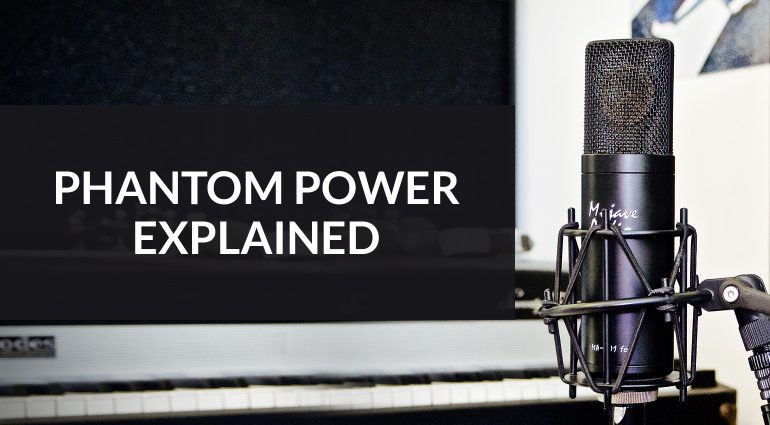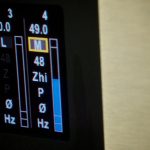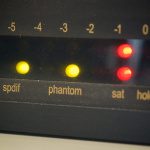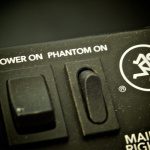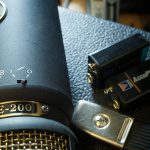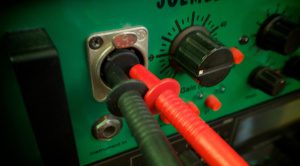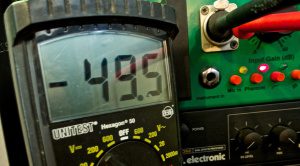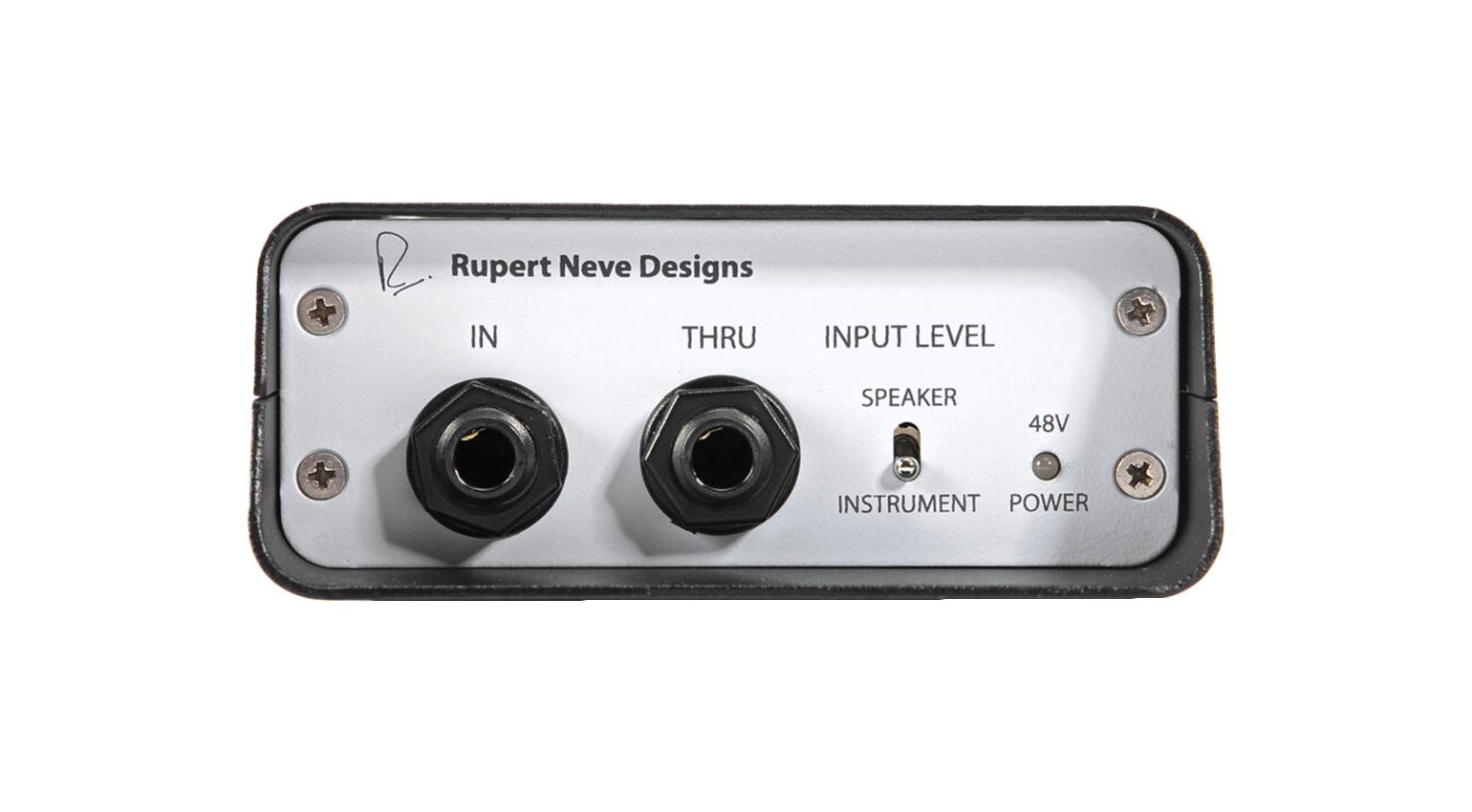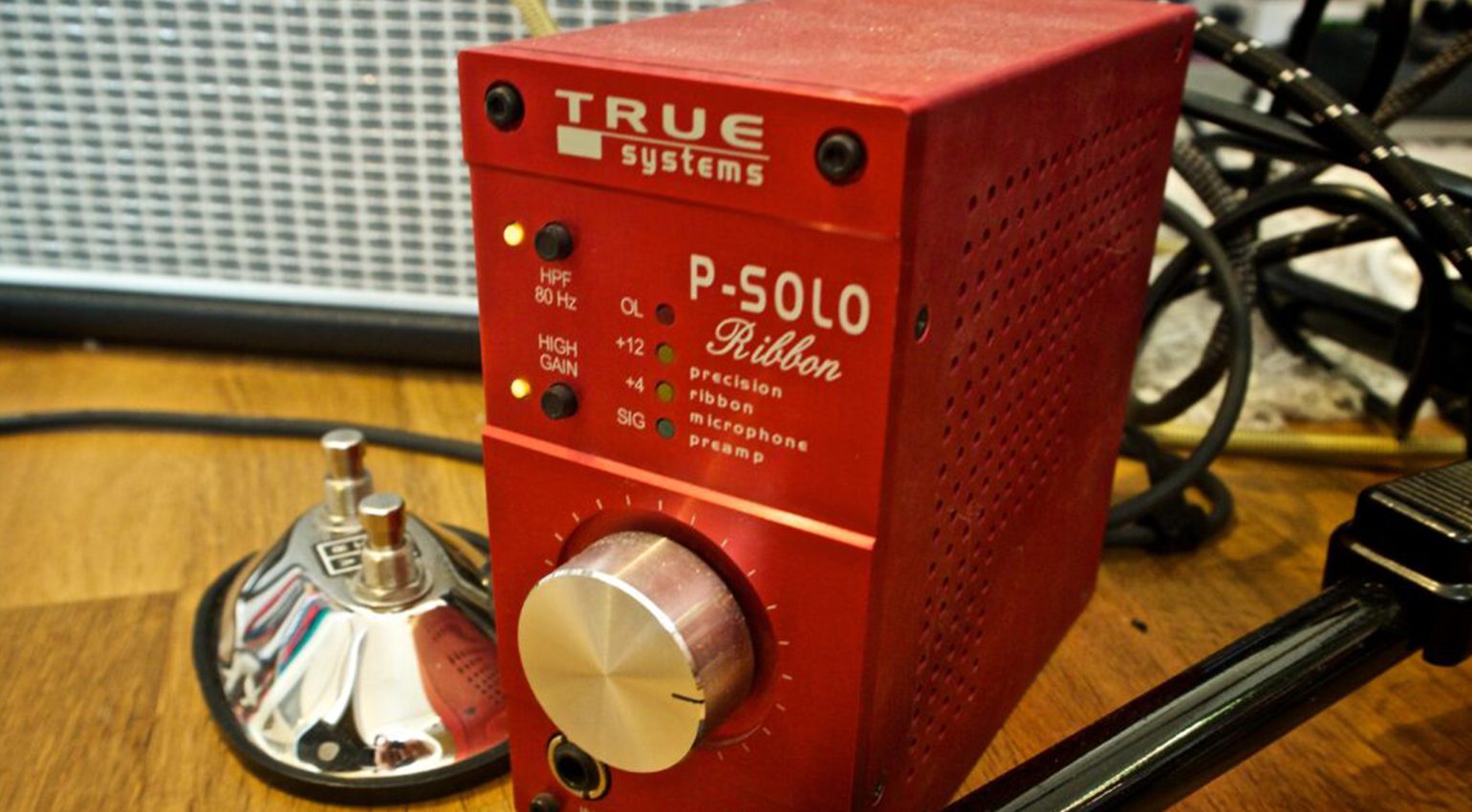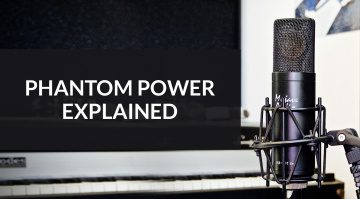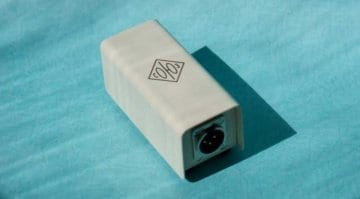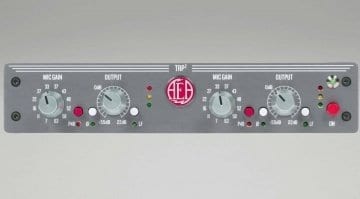Phantom Power Explained: How does Phantom Power Work?
Phantom power is a widespread and very convenient solution for powering condenser microphones and certain other types of gear. If you have an audio interface or a mixer with built-in preamps, you’ve likely already seen a button and/or an LED labeled “phantom power” or simply “48V”. But what is phantom power all about, how does it work, and can it be dangerous? Read our guide to find out all you need to know about sending voltages down a microphone cable.
What is phantom power? What is phantom power needed for?
- Phantom power is a method for powering microphones and other equipment.
- Certain types of microphones have built-in electronics that require a power supply.
- In a condenser microphone, phantom power is used to supply the capsule bias voltage that the capacitor, consisting of the diaphragm and backplate, needs to operate.
- Electret condenser microphones don’t use phantom power for the capsule bias voltage because they are permanently polarized (“pre-polarized”). However, many electret condenser microphones still require it for powering the active electronics.
How does phantom power work?
In most cases, phantom power is provided by the microphone preamp. The DC voltage is transmitted via the microphone cable, i.e. in the opposite direction to the signal flow.
The preamp provides 48 volts on pins 2 and 3 of the XLR connector. This is either achieved with 6.8 kΩ resistors or via the primary winding of the input transformer. In the microphone, this voltage can then also be tapped before the transformer or between two resistors.
- Phantom power LED of a Heritage Audio ’73 Jr. · Source: Bonedo
- Phantom power indicator on the screen of a Merging Technologies HAPI · Source: Bonedo
- Lavry AD11 with activated phantom power · Source: Bonedo
- Phantom power button of a JoeMeek VC1 · Source: Bonedo
- Phantom power switch of a Mackie mixer · Source: Bonedo
Which microphones require phantom power?
Rule of thumb: Condenser microphones and active ribbons require phantom power – most other types don’t.
While tube microphones also require power to operate, they usually come with their own dedicated power supply. This provides the higher voltage required for heating the tube, for which phantom power is insufficient. And of course, there are a few special cases, such as battery-powered mics. This table provides an overview:
| Type of Microphone | Phantom Power Required? |
|---|---|
| Modern studio condensers | yes |
| Modern condensers for live applications | yes |
| Battery-powered microphones* | no |
| Tube microphones** | no |
| Passive ribbon microphones | no |
| Active ribbon microphones | yes |
| Dynamic moving-coil microphones | no |
| Active dynamic moving-coil microphones | no, but can be required for additional features |
| Piezo microphones | usually not |
| USB microphones | no, powered over USB |
| Digital microphones | no, powered over DPP |
| Vintage microphones | no, another system may be used |
| 60V/130V microphones | no, separate power supply needed |
* Many battery-powered microphones can alternatively be powered using phantom power or another source
** Some “fake” tube microphones have a phantom-powered “marketing tube” or miniature tube.
*** The Aston Stealth, Austrian Audio OD5, and AKG D12 VR are examples of this type of microphone. There will likely be more in the future.

These two Sennheiser microphones are different. The one on the bottom is a moving-coil microphone. The one on top is a condenser mic that requires power. · Source: Bonedo
Can phantom power damage or destroy microphones?
- While not recommended, having phantom power turned on while operating dynamic microphones doesn’t usually cause any damage.
- Phantom power doesn’t usually harm the power supplies of tube microphones either, at least we’re not aware of any cases.
- This is good to know because some mixers and preamps only let you activate phantom power for all channels at once, or in blocks of eight.
- Never connect unbalanced XLR cables to phantom-powered outputs!
- Switching the power on and off and inserting or removing cables can cause asymmetries or voltage spikes, and defective cables or poor solder joints can lead to short-term current flow. While DC voltage doesn’t reach the moving coil or ribbon in most microphones, these spikes can be dangerous for headphones, loudspeakers, and your ears. That’s why it’s best practice to always mute a channel before making a connection or turning phantom power on or off.
- If the microphone doesn’t require it, it is always safer to leave phantom power switched off, especially with passive ribbon mics. If that’s not an option, you can use a phantom blocker.
- Be careful when using adapters from XLR to unbalanced jack connectors! If you need to use such adapters (for example for amateur microphones), deactivate or block phantom power as a precaution.
- Care should also be taken with patchbays, where it can be hard to keep track of the signal and power flow. Always use a special microphone splitter to split microphone signals!

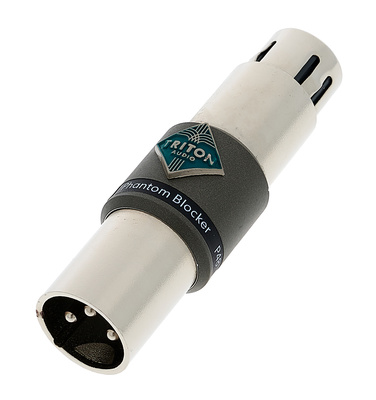

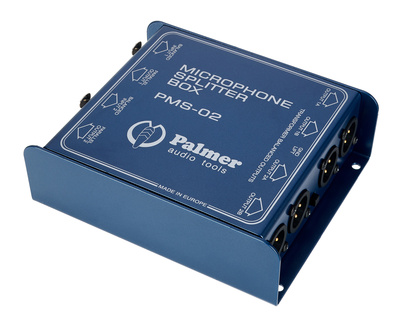

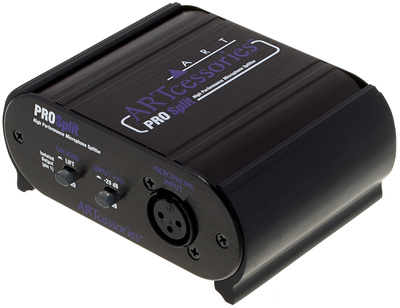

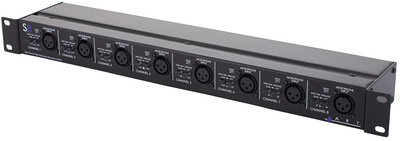
Can you get an electric shock from phantom power?
Relax: Because phantom power only involves currents of a few milliamps, you don’t need to worry about burns, injuries, death, or spontaneous changes of hairstyle.
What is the difference between 12-volt, 24-volt, and 48-volt phantom power?
The 48-volt system is by far the most common, but it’s not the only one. 12-volt and 24-volt varieties also exist, especially on mobile devices. Some microphones can operate in a range of 10 to 52 volts.
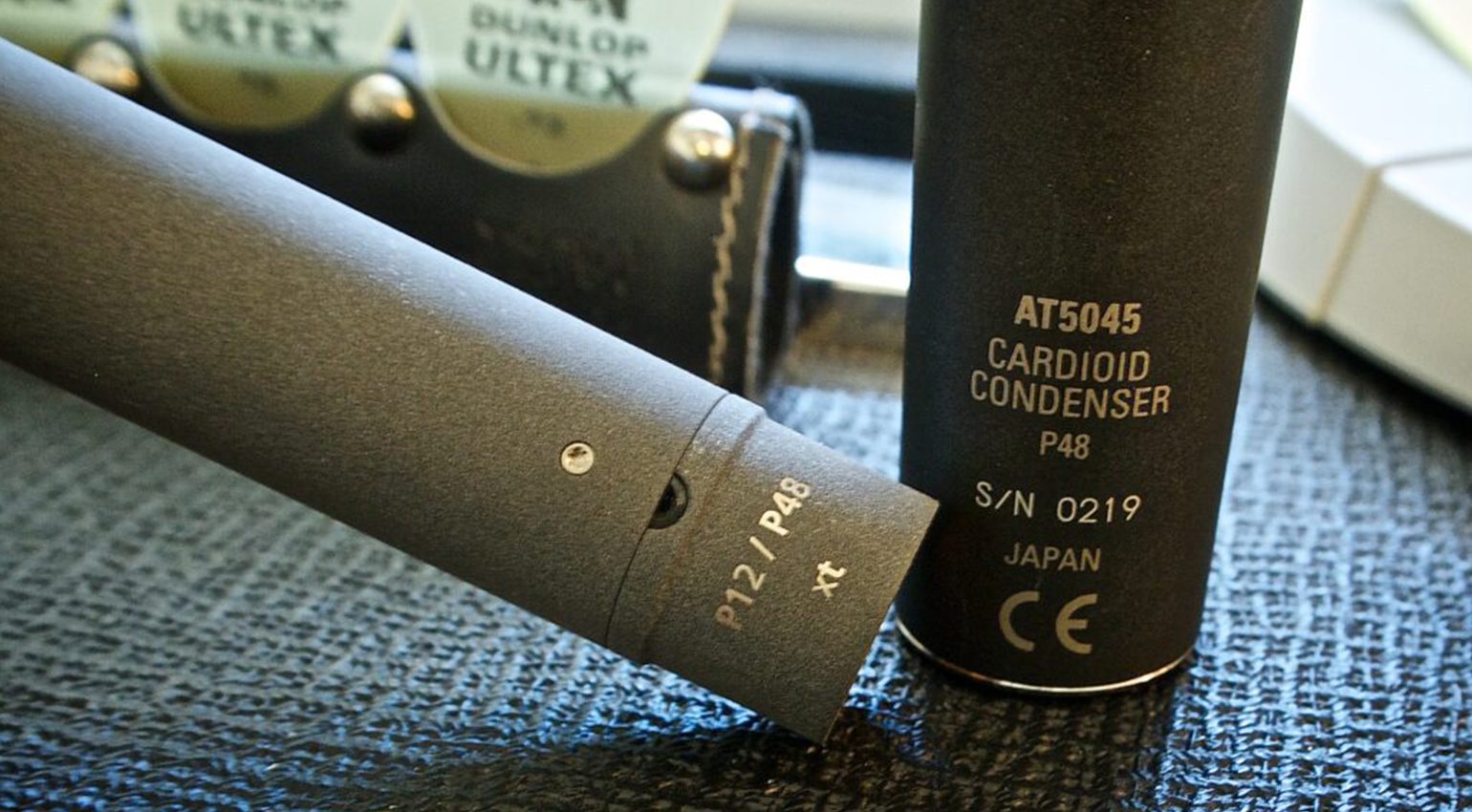
The Schoeps (left) can also run on 12 volts, the Audio-Technica (right) requires 48 volts. · Source: Bonedo
What other ways are there to power microphones?
- For digital microphones (AES42) there is DPP, “Digital Phantom Power”.
- “T-Powering” or “AB Powering” is an outdated system found mostly on older German transistor microphones.
- Tube microphones have higher power requirements for tube heating, so they come with their own dedicated power supplies.
- Some microphones can also run on batteries, often as an option. For example, the CAD Equitek E200 can operate on two 9-volt batteries.
- 130-volt technology is very rare. DPA has equipped some microphones with this system to allow higher dynamics. However, besides DPA’s own HMA preamps, Millennia and Grace Design are the only other preamp manufacturers offering this voltage as an option on some of their amps. To avoid confusion, 130V mics and preamps use different connectors. Similarly, the small manufacturer Sonodore from the Netherlands uses 60-volt power supplies for its microphones.
- DPA 130V power supply with special 130V mics (right) and 48V converters (top) · Source: Bonedo
- CAD Equitek E200: This condenser microphone can run on two 9V batteries as an option · Source: Bonedo
- Tube microphone power supply from Microtech Gefell · Source: Bonedo
How important is the quality and tolerance of the power supply?
Some microphones require a fairly constant voltage, especially true condenser microphones. Others, on the other hand, are quite forgiving. For 12, 24, and 48 volts, voltage tolerances of 1, 2, and 4 percent are common. For transformerless microphone preamplifiers, precise matching of the resistors is essential; according to the IEC 61938 standard, it must be less than 0.4 percent, which is extremely low. Consequently, such components are quite expensive.
You can use a multimeter to measure the actual voltage your preamp supplies. To do this, activate the supply, select a suitable voltage range on your meter (for example up to 100 volts), and measure across pins 1 and 2 or 1 and 3. If your meter is responsive enough, you may be able to see the voltage drift, especially right after powering up the unit. Sometimes it takes many seconds for the voltage to build up. Some preamps do this deliberately (“ramp time”) to protect microphones and other gear. Likewise, it can take a while for the voltage to dissipate after turning it off. It’s always a great idea to measure your preamp’s behavior, so you know when it’s safe to connect or disconnect the microphone.
- Measuring phantom power · Source: Bonedo
- A little bit more than 48V probably isn’t going to harm your mics. However, it’s a great idea to measure your preamp and find out how it behaves. · Source: Bonedo
What if my preamp does not provide phantom power?
The vast majority of modern preamps (standalone or built into a mixing desk, audio interface, or channel strip) provide phantom power. In the rare event that yours doesn’t, the solution is a so-called “phantom adapter”. These can also be helpful in case the built-in phantom power of your mixing desk isn’t an option, for example because it can only be switched on for all channels at once. The Millenium PP2B* is an affordable option with two channels. Another alternative is the Palmer PAN 48*. Phantom adapters run on internal or external power supplies, some also work with batteries.

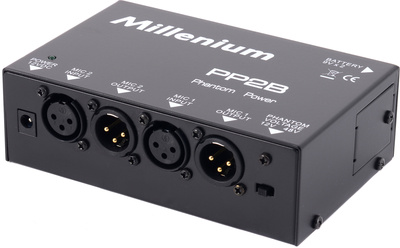

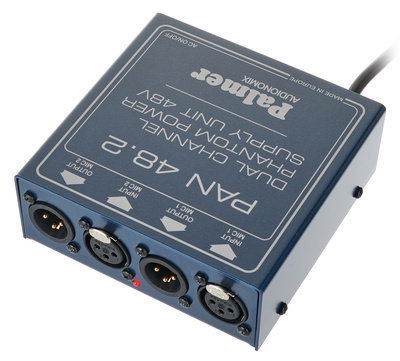
What else can phantom power be used for?
Although phantom power is most commonly used for condenser microphones, it can also be used to power other devices. For example, active DI boxes often run on phantom power, because they are usually connected to a preamp anyway.
Some microphones have special controls or active electronics that also require power, such as the Neumann TLM 107, the AKG C414 XLII, various Lewitts like the Lewitt LCT-441 Flex, the (dynamic!) AKG D12 VR or the Aston Stealth. Some even have lights – The Fin by Heil Sound comes to mind.
In active ribbon microphones, phantom power is essentially used to power a small built-in preamp. Small inline preamps or mic boosters are also available separately, which is very useful to provide a bit of extra oomph if your main preamp isn’t quite powerful enough for the mic in question. The FetHead from TritonAudio or the Cloudlifter from Cloud Microphones are examples of popular mini-amps.

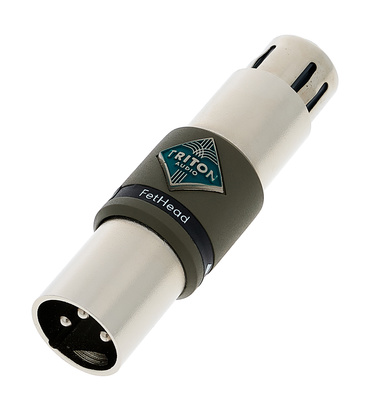

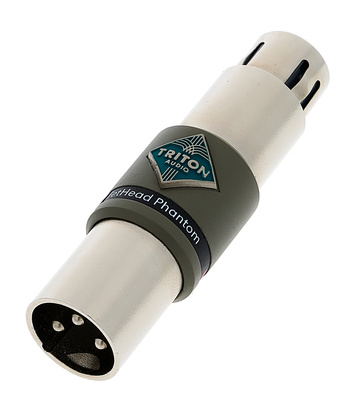


Why do mic preamps without phantom power even exist?
There are many microphones that do not require phantom power. Some special preamps like the True Systems P-Solo Ribbon or the Forssell SMP-2 do not provide it. The advantage is that without it, there is also no need for blocking resistors that keep the voltage away from the audio signal. Thus, the lack of phantom power in some highly specialized professional devices isn’t an oversight, but a deliberate choice.
More about microphones
- Best Studio Vocal Microphones under €250
- The best microphones of 2022 for home recording
- The best value microphones for vocal recording at home
Note: This post was originally published in German on bonedo.de.
Note: This post contains affiliate links and/or widgets. When you buy a product via our affiliate partner, we receive a small commission that helps support what we do. Don’t worry, you pay the same price. Thanks for your support!
 5,0 / 5,0 |
5,0 / 5,0 | 